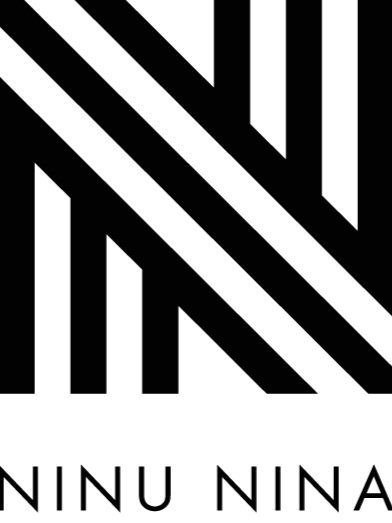This Must Be Underwater Love
Interview with Zena Holloway , an underwater photographer in London since 1995 when she returned to the UK after 3 years abroad as a SCUBA instructor and underwater videographer.
Born 1973, the daughter of an airline pilot, Zena wanted to work underwater behind a camera from the age of 18. Completely self-taught she has carved out a niche market - combining the highly technical aspects of underwater photography with extraordinary magical imagery. Zena has expanded a concept and taken it to new depths.
"The magic for the viewer is in how she makes water look like our natural habitat...in capturing the perfect moment in an unlikely environment....to explore the possibilities and continue to challenge our usual expectations of underwater photography" -BMW magazine
What are the advantages for you shooting underwater with digital cameras?
Shooting digital has revolutionised underwater photography completely. I used to shoot polaroids, develop on site and have to surface after just 36 frames. Now I use a Canon MkIII 1DS coupled with a Seacam housing (http://www.seacam.com/) which produces the best quality underwater imagery that I know off. Seacam housings are spectacular. Optically perfect and visually stunning.
Is underwater photography physically much more demanding?
Shooting underwater is certainly more demanding, both for the photographer and the artists. Most of my work is shot breath hold which I find more productive than using SCUBA kit. I average about 400 / 500 shots per shoot day so that’s a lot of up, down and breath holding!
How do you communicate with your models underwater?
I try to use the breath holding technique which means the models come to the surface to take instruction. When working in deeper water we use a series of underwater signals to communicate. Sometimes it’s also possible to use underwater communication systems although this is more effective if someone from the surface is giving instruction. I've grown very used to working with the silence and I find it far more an advantage than a disadvantage.
Just being underwater makes us look into ourselves as sight, hearing, touch, and smell are all impaired. At the moment the photography is occurring its somehow right that both model and photographer should be in their own space and silence.





